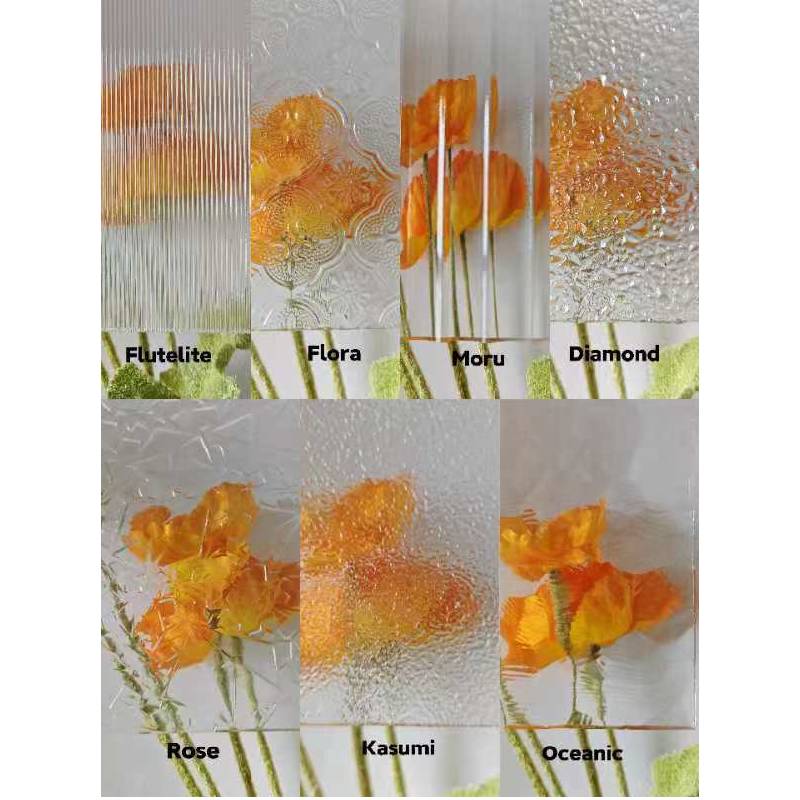

The Evolution of Glass From Clear to Frosted
In the world of design and architecture, glass has long been celebrated for its ability to blend functionality with aesthetic appeal. One of the most captivating innovations in this domain is the development of glass that transitions from clear to frosted. This remarkable material not only enhances privacy and comfort but also transforms the ambiance of any space, making it an essential element in modern design.
The Evolution of Glass From Clear to Frosted
The technology behind this transformation often involves the use of electrochromic or liquid crystal layers. When an electrical current is applied to these layers, the glass shifts from its clear state to a frosted one, obscuring visibility while still allowing light to permeate the space. This means that at the touch of a button, users can change their environment according to their needs—transforming a conference room from a collaborative space into a more private setting in seconds.

The aesthetic appeal of clear-to-frosted glass also cannot be overstated. It offers designers a unique canvas that can enhance the aesthetics of a room. Frosted glass has a soft, diffused quality that adds a touch of elegance and sophistication, making it ideal for applications in homes, offices, and public spaces. The ability to control transparency not only caters to functional requirements but also allows for creative expression, enabling designers to play with light, shadow, and reflections.
Moreover, the environmental implications of this technology are encouraging. By utilizing smart glass, buildings can achieve better energy efficiency. When the glass is frosted, it can reduce solar heat gain, which in turn lessens the load on air conditioning systems. This dual functionality of maintaining comfort while aiding sustainability aligns with the growing demand for eco-friendly designs.
In conclusion, the development of glass that can seamlessly transition from clear to frosted represents a significant leap in design and technology. Its adaptability makes it an invaluable feature in modern architecture, enhancing privacy without sacrificing light or elegance. As innovation continues to evolve in this field, we can expect to see even more exciting advancements that will further redefine our interaction with glass in our daily lives.